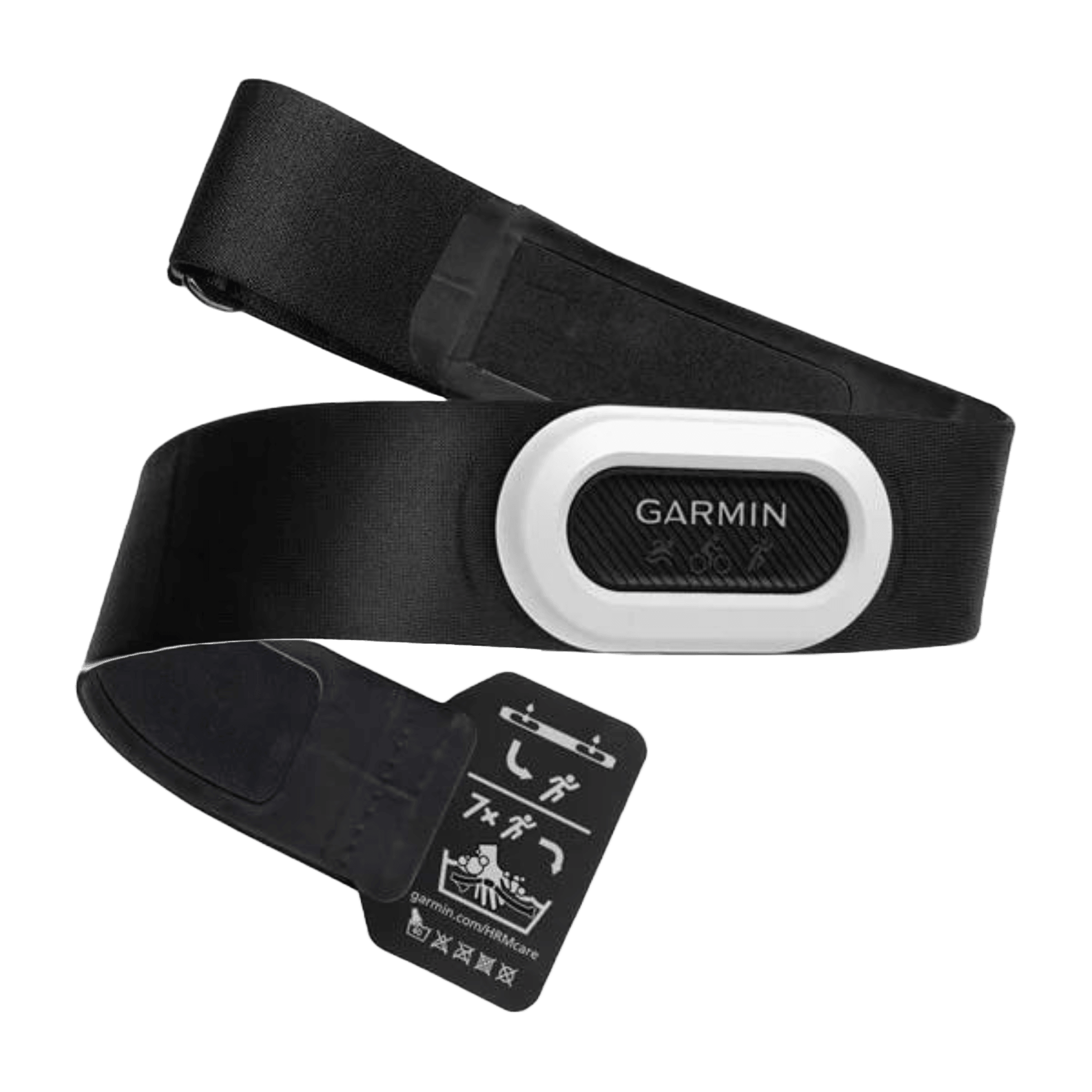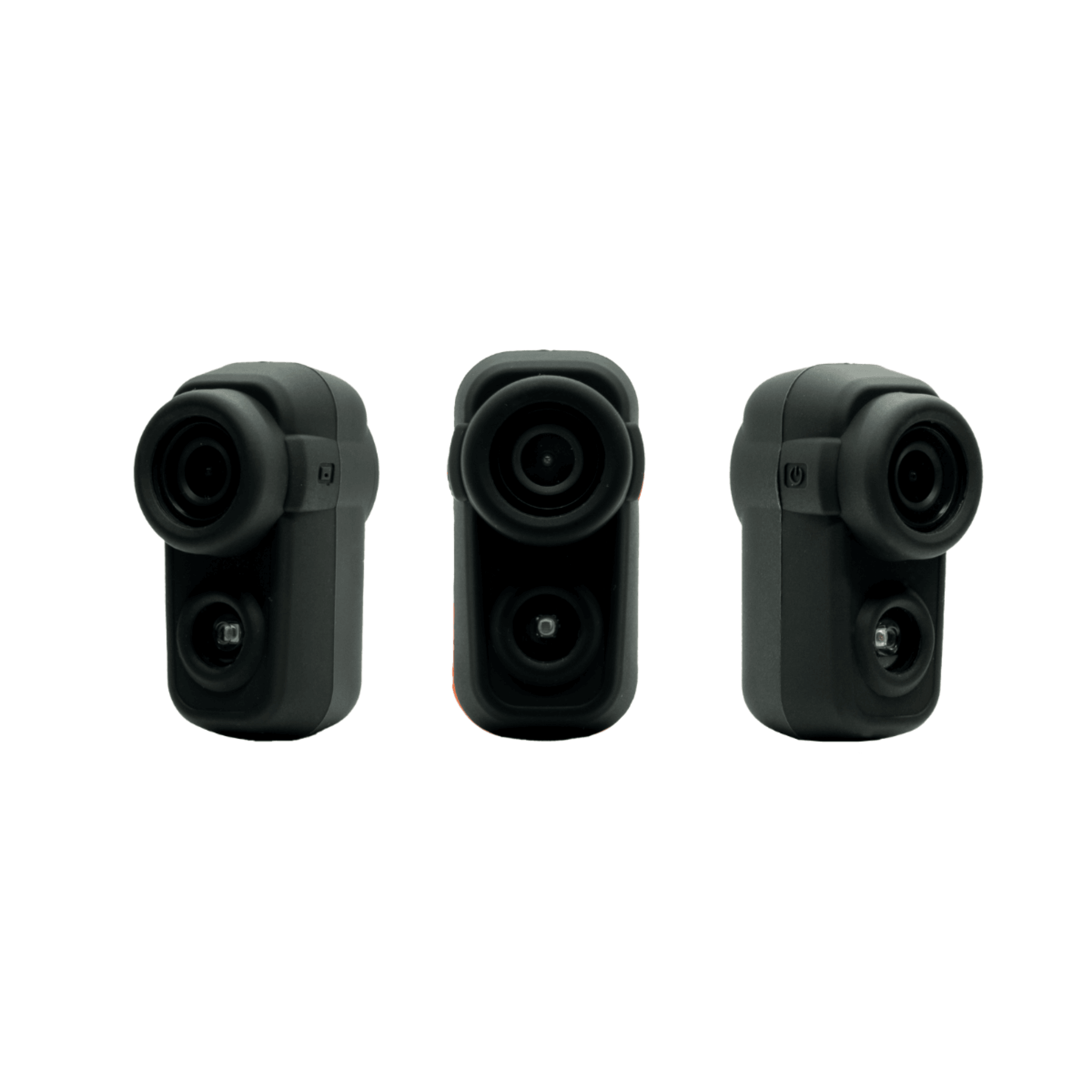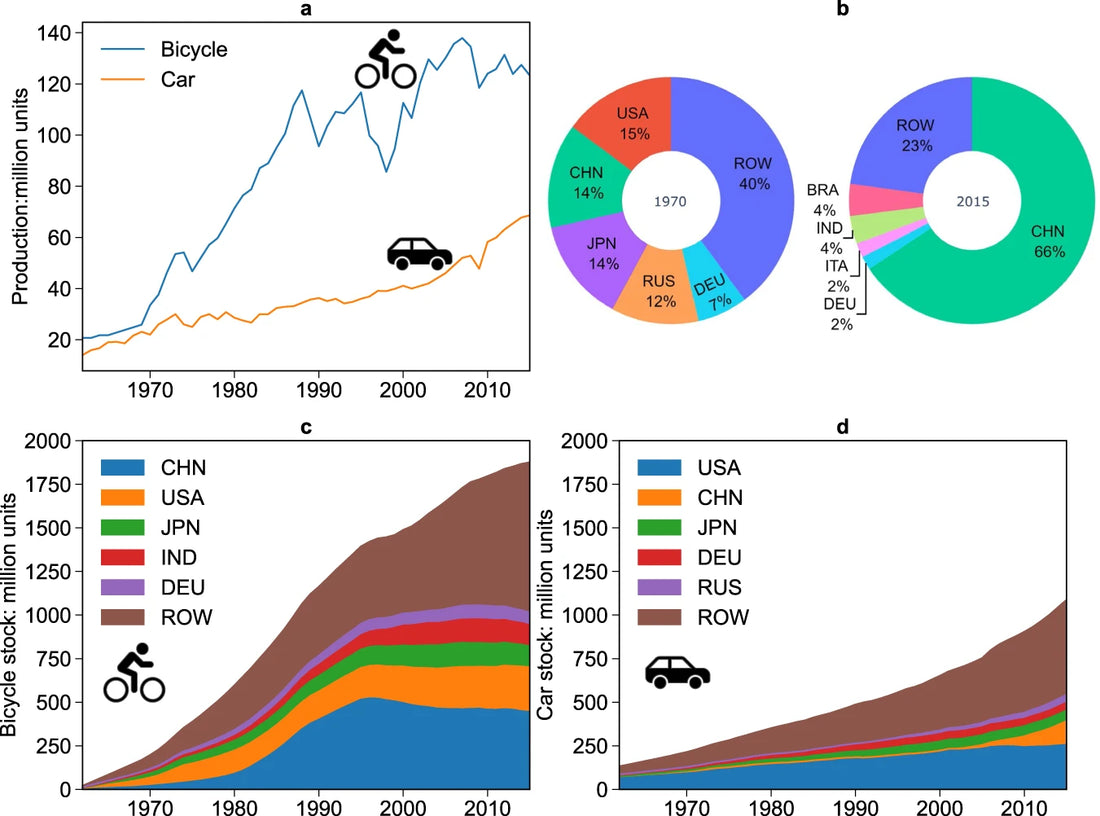This article is originally published in www.nature.com, please click on the link to read more.
Credits: Wu Chen, Trine Agervig Carstensen, Ranran Wang, Sybil Derrible, David Rojas Rueda, Mark J. Nieuwenhuijsen & Gang Liu
Bicycles are widely recognized as an effective solution for reducing short-distance trip-related climate impacts and addressing sedentary lifestyle-caused chronic diseases. Yet, the historical patterns of global bicycle production, trade, stock, and use remain poorly characterized, preventing thorough investigation of its role in sustainable road transport transition. Here, based on a dynamic model and various data sources, we have compiled, to our knowledge, the first global dataset for bicycle ownership and use by country from 1962 to 2015. Our comparison between the historical development of per-capita bicycle ownership and car ownership reveals five varying types in an S-curve among different countries. High bicycle ownership does not necessarily lead to high bicycle use, which is instead still marginal in daily trips worldwide (<5% for most countries). A worldwide pro-bicycle policy and infrastructure development enabled modal shift like the Netherlands and Denmark can lead to significant untapped climate and health benefits.

a Historical global production of car and bicycle from 1962 to 2015, b The share of global bicycle production in 1970 and 2015, c Bicycle stock from 1962 to 2015, d Car stock from 1962 to 2015. Bicycle refers to conventional human-powered ones only, while the car category includes all types of four-wheeled private vehicles such as small passenger cars, sports utility vehicles, and light trucks. The country codes are based on ISO 3166-1 alpha-3 code. ROW indicates the rest of world.








